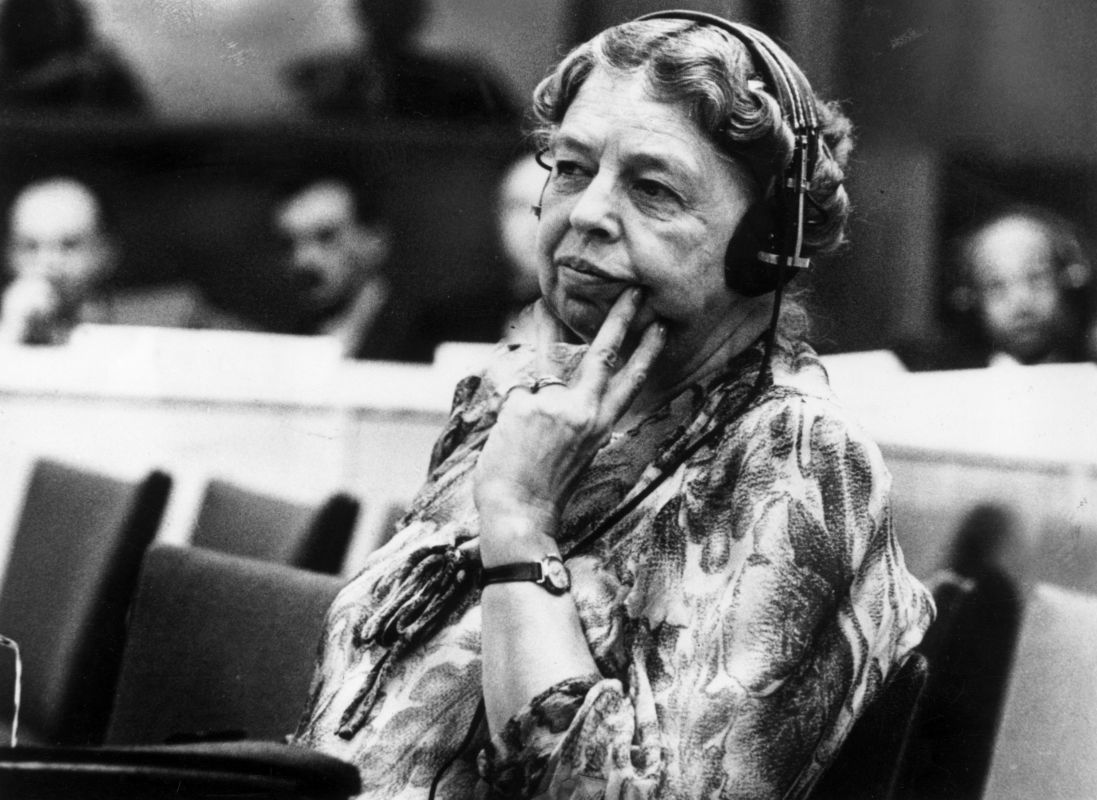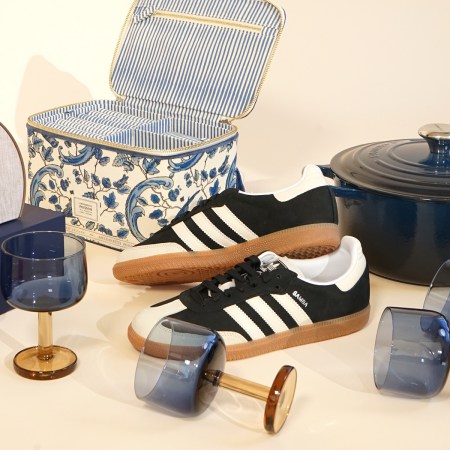Eleanor Roosevelt would have turned 134 today. She has been called the First Lady of the World and is one of the most celebrated presidential spouses in history, thanks to her endless contributions to political, racial and social justice. After her husband Franklin’s death in 1945, Roosevelt became a delegate to the United Nations and remained an advocate for a wide range of human rights issues until her death at age 78.
Roosevelt, who was born into a wealthy New York family, was President Theodore Roosevelt’s niece. She became reacquainted with Franklin D. Roosevelt, her fifth cousin once removed, in 1902 and the two secretly started a relationship. Despite his mother’s disproval, Franklin and Eleanor were married on March 17, 1905. Theodore Roosevelt gave his niece away. Franklin and Eleanor had six children, though one died as an infant.
While Franklin started making a name for himself as a politician, Eleanor found her own voice in public service. When her husband took office in the White House in 1933, Eleanor drastically changed the role of First Lady. She gave press conferences and spoke out to advocate for children and women’s issues and worked on behalf of the League of Women voters. She traveled abroad to visit U.S. troops during World War II—she had worked for the Red Cross during the First World War—and stood against racial discrimination. She was the longest-serving First Lady of the United States, having spent roughly 12 years in the role, thanks to her husband having been elected president four times. (FDR died just a few months into his fourth term.)
In honor of her birthday, we take a look at just a few of Eleanor Roosevelt’s biggest contributions.
Daily Newspaper Column
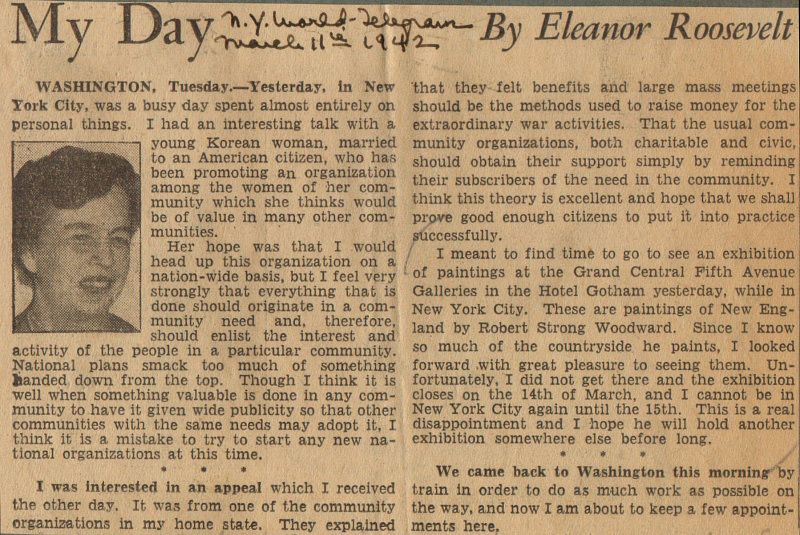
Eleanor Roosevelt was the first First Lady to have a daily newspaper column. She wrote the column, My Day, six days a week from 1935 to 1962. It allowed her to share her thoughts and ideas with millions of Americans and talk about the issues that were facing the country. Overall, she wrote nearly 3,000 articles in newspapers and magazines, including her weekly columns. She also wrote a monthly column for Women’s Home Companion.
Formation of the National Youth Administration
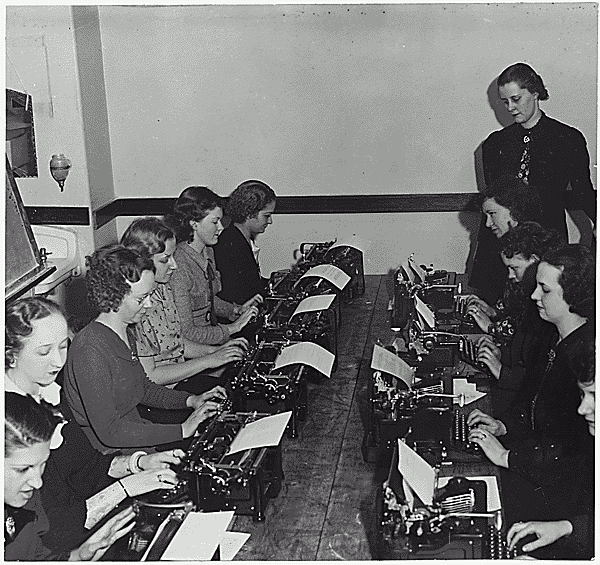
Young people faced numerous problems during the Great Depression of the 1930s, including unemployment and lack of funds to afford education. Roosevelt is credited with being the main catalyst for government intervention about the problem. She worked with the American Youth Congress (AYC) to help form the National Youth Administration (NYA), an agency which worked to provide schooling, work training, and job placement to Americans between the ages of 16 and 25.
Civil Rights Movement

Eleanor Roosevelt famously made a point of inviting African-Americans to the White House during her time as First Lady. She believed that civil rights must be equally extended to Americans of all races and was vocally and actively against the scourge of lynching. She joined the NAACP in 1945 and worked with Thurgood Marshall. Roosevelt helped with housing and community planning for African Americans and supported the Congress on Racially Equality (CORE). She fought against the discrimination and segregation of public schools. She famously refused to sit on either the white side or the black side of the First Methodist Church in Birmingham, Alabama, and instead, put her chair in the center aisle. She worked with groups including groups the National Association for the Advancement of Colored People (NAACP) and the National Council of Negro Women (NCNW).
Women’s Rights Movement
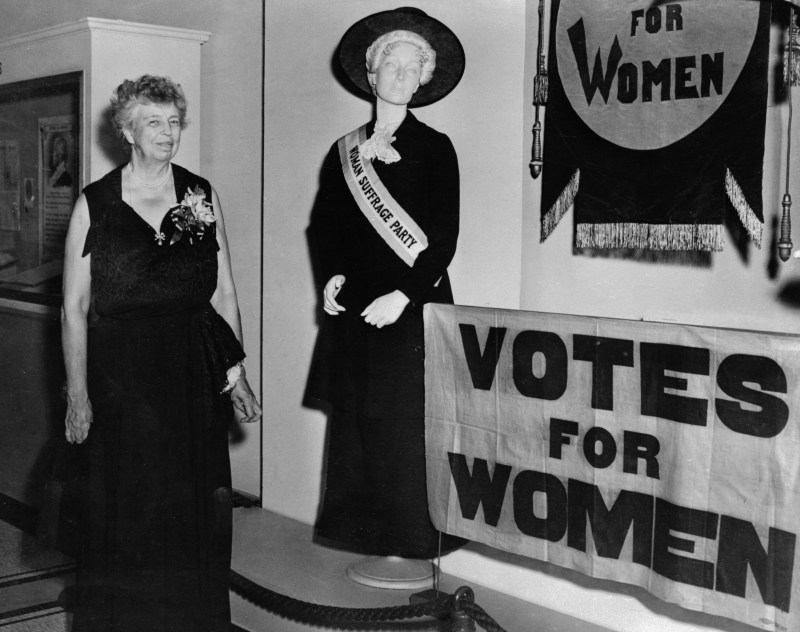
Before she became First Lady, Roosevelt promoted women’s political engagement and held leadership positions in the League of Women Voters, where she helped establish its policy agenda, and the Women’s Trade Union League. As the Vice President of the League of Women Voters, Roosevelt lobbied for reforms in Congress and tried to strengthen women’s roles in politics. She used nonpartisan training and lobbying work to mobilize women voters. She also worked with the International Congress of Working Women and the Women’s International League of Peace and Freedom.
Roosevelt was also the head of the Women’s Division of the Democratic National Committee. While she was First Lady, Roosevelt held weekly press conferences with women reporters. She consistently campaigned for her husband to hire women for executive level appointments within the administration. After she left the White House, she continued to promote women’s equality through her work with the League and other organizations. President John F. Kennedy nominated Roosevelt for a Nobel Peace Prize for her work in women’s and human rights.
United Nations General Assembly
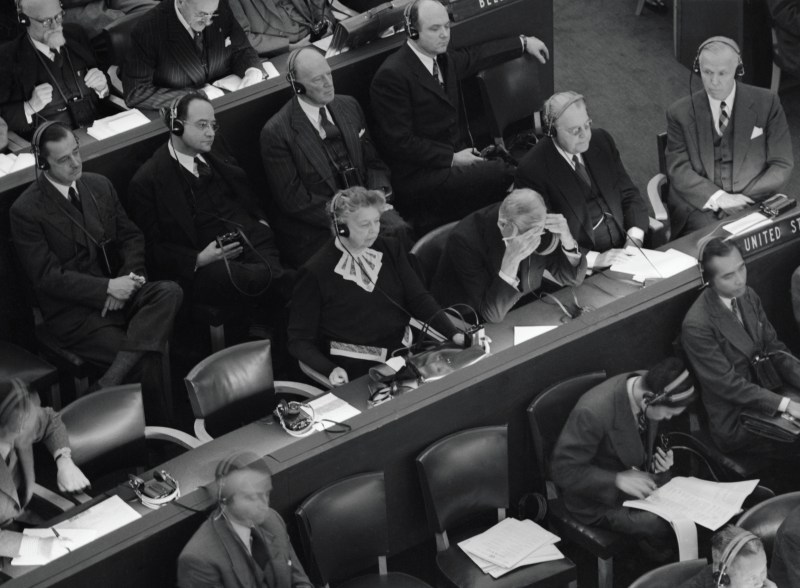
Harry Truman appointed Eleanor Roosevelt as a delegate to the United Nations General Assembly in 1945. She served until 1953. She was chair of the U.N.’s Human Rights Commission and helped write the Universal Declaration of Human Rights. She considered this her highest achievement.
She was reappointed by President John F. Kennedy in 1961 and was later named to the National Advisory Committee of the Peace Corps and as chair of the President’s Commission on the Status of Women.
This article appeared in an InsideHook newsletter. Sign up for free to get more on travel, wellness, style, drinking, and culture.
